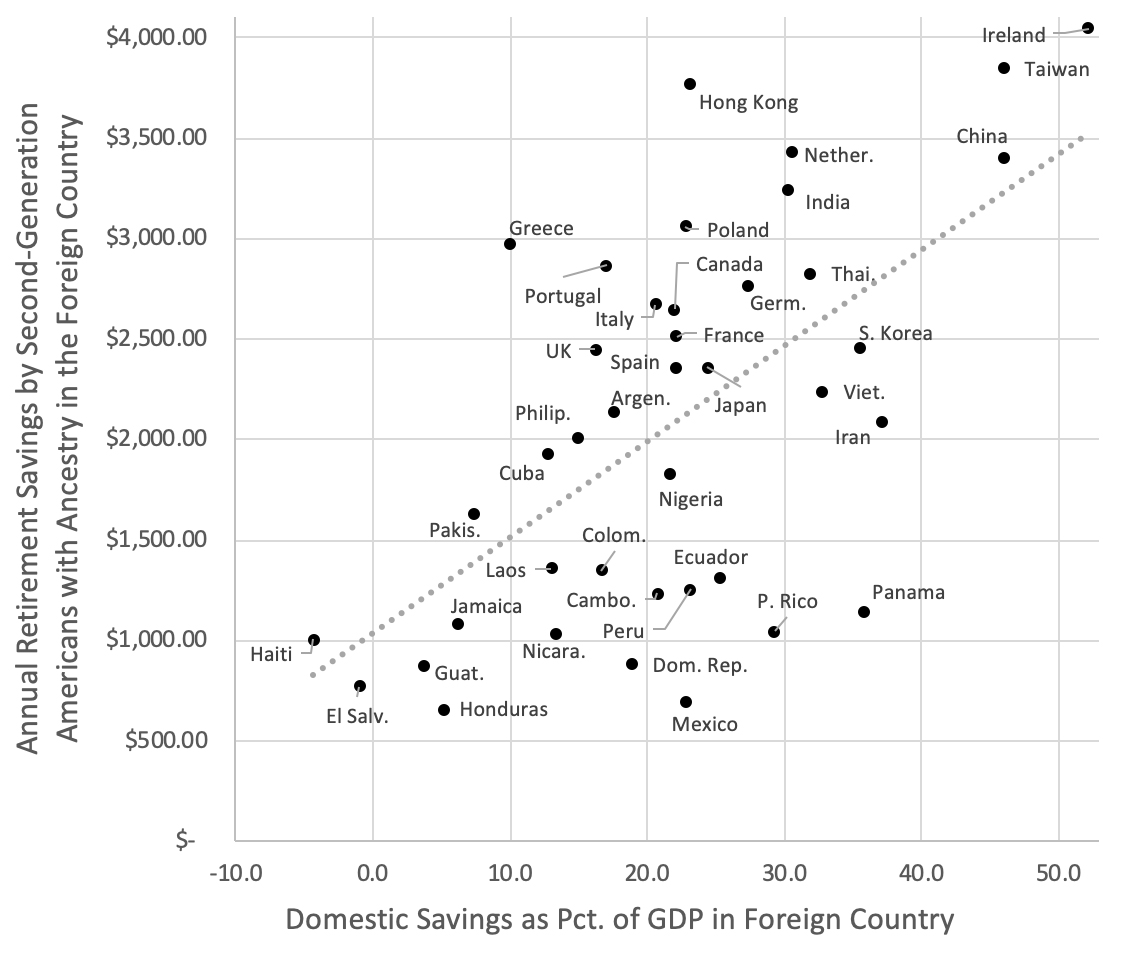For What It’s Worth: The Increasing Importance of a Trade Secret’s Independent Economic Value | McGuireWoods LLP
Courts and litigants have long acknowledged that, to qualify as a “trade secret,” information must have “independent economic value” derived from its secrecy. Some commentators believe this requirement has been fairly toothless, expressing concern that “courts essentially read ‘independent economic value’ out of the statute by allowing plaintiffs to rely on weak inferences and assertions of hypothetical value rather than meaningful evidence.” Camilla Hrdy and Mark Lemley, Abandoning Trade Secrets, 73 Stan. L. Rev. 1, 41 (2021). Recent decisions show that this tide is changing, and trade secret plaintiffs should be ready to “show their work” to establish this key element.
Two trade secret opinions from June 2023 emphasize the importance of independent economic value. As one example, the 4th U.S. Circuit Court of Appeals affirmed summary judgment in favor of counter-defendant Synopsys, Inc. because Risk Based Security, Inc. (RBS) failed to present adequate evidence of its trade secrets’ value. Synopsys, Inc. v. Risk Based Security, Inc., 70 F.4th 759, 771 (4th Cir. 2023). The 4th Circuit rejected RBS’ contention that the company’s purchase price, or the value of its proprietary database as a whole, could serve as a proxy for the value of its 75 alleged trade secrets. The court emphasized that RBS needed to prove not only economic value, but economic value “arising from [the trade secrets] remaining secret.” Importantly, the 4th Circuit indicated that plaintiffs should be prepared to prove “value” on a “per trade secret” basis, although it refrained from deciding “whether or when ‘grouping’ of evidence to establish a trade secret’s independent economic value is ever permitted.”
Similarly, the U.S. District Court for the Northern District of Ohio rejected the plaintiffs’ efforts to prove independent economic value through a “conclusory” affidavit from their CEO. Health Care Facilities Partners, LLC v. Diamond, 2023 WL 3847289, at *11-*12 (N.D. Ohio June 5, 2023). The affidavit discussed information that courts have often readily recognized as trade secrets, such as “pro formas,” “unaudited financial statements” and “economic terms” of certain transactions. Even so, the court rejected what it perceived as “subjective” testimony, demanding “some objective indicia of (or rationale for) independent economic value derived from secrecy.”
Practice Points and Takeaways
Trade secrets rarely come with readily discernable price tags. And, particularly in cases of large-scale misappropriation, assigning value to any particular piece of information is often a challenge. So, how can companies prove the value of their secrets? Depending on the available records and testimony, evidence of value may include:
- Development costs. Time and material costs of developing a trade secret can demonstrate value. Notably, however, past development cost may not always equate to current economic value.
- License or lease pricing. The fact that a competitor or a third party paid to use a trade secret can demonstrate economic value. Similarly, license negotiations with a third party may indicate that the third party valued the information and was willing to pay for its use.
- Internal communications. Discovery may reveal internal communications in which an opposing party expresses a desire to copy or mimic a competitor’s trade secret or acknowledges the benefits of that information. In some cases, the fact that a former employee or contractor shared the trade secret with a plaintiff’s competitors also can demonstrate value.
- Demonstrated performance improvement. A company may be able to show value by linking alleged trade secrets to tangible benefits. For example, a trade secret may permit its owner to meet certain quality or safety standards. Or a plaintiff may be able to show that it won a valuable contract, in whole or in part, because of trade secret information.
- Increased efficiency/decreased costs. Decreased cost often goes hand-in-hand with improved quality. Perhaps a trade secret allows a company to significantly decrease project completion times or raw material inputs. These improvements can also demonstrate economic value.
Because independent economic value can be shown through a variety of measures, trade secret plaintiffs should begin gathering proof early when pursuing a misappropriation claim. On the flip side, trade secret defendants should hold plaintiffs to their burden of assigning and justifying economic value. The rigorous evidentiary standards applied by cases such as Synopsys and Health Care Facilities may provide ammunition for companies defending against trade secret claims. So, although this element remains relatively straightforward at the pleadings stage, litigants should plan to develop value evidence (or lack thereof) for summary judgment and trial.






